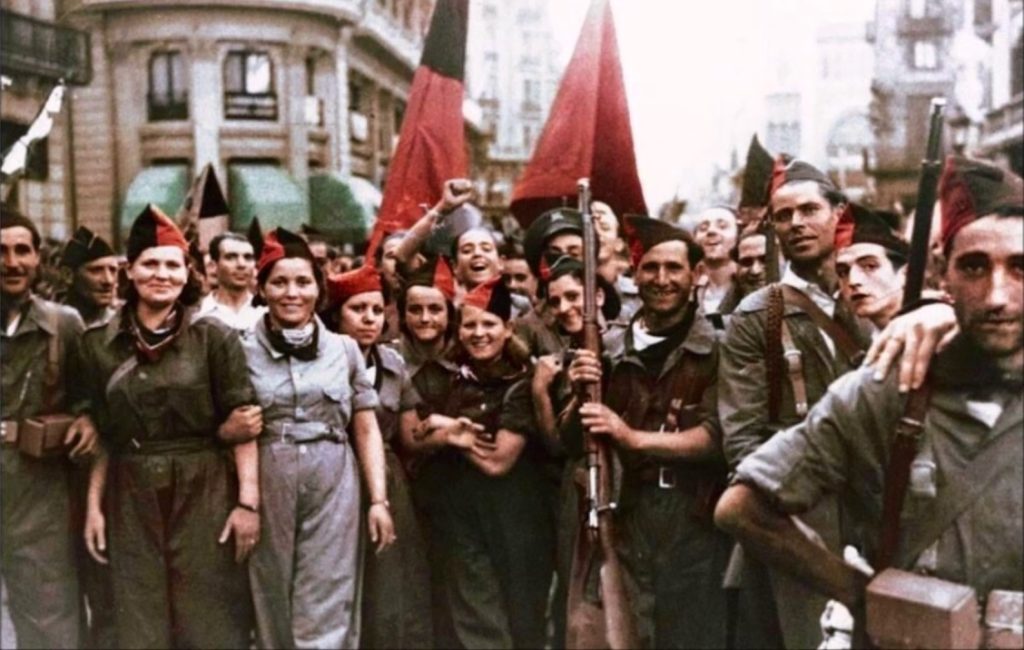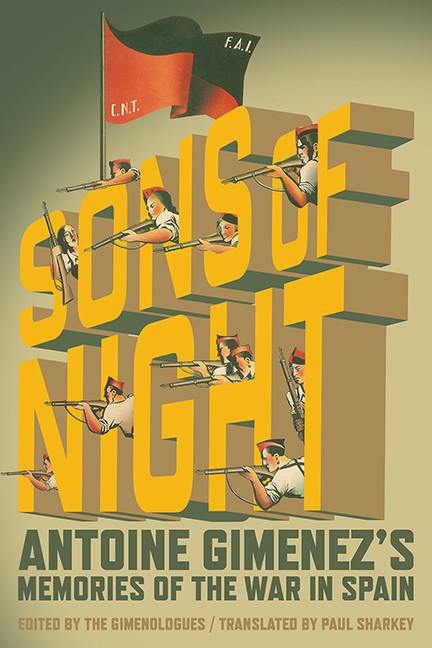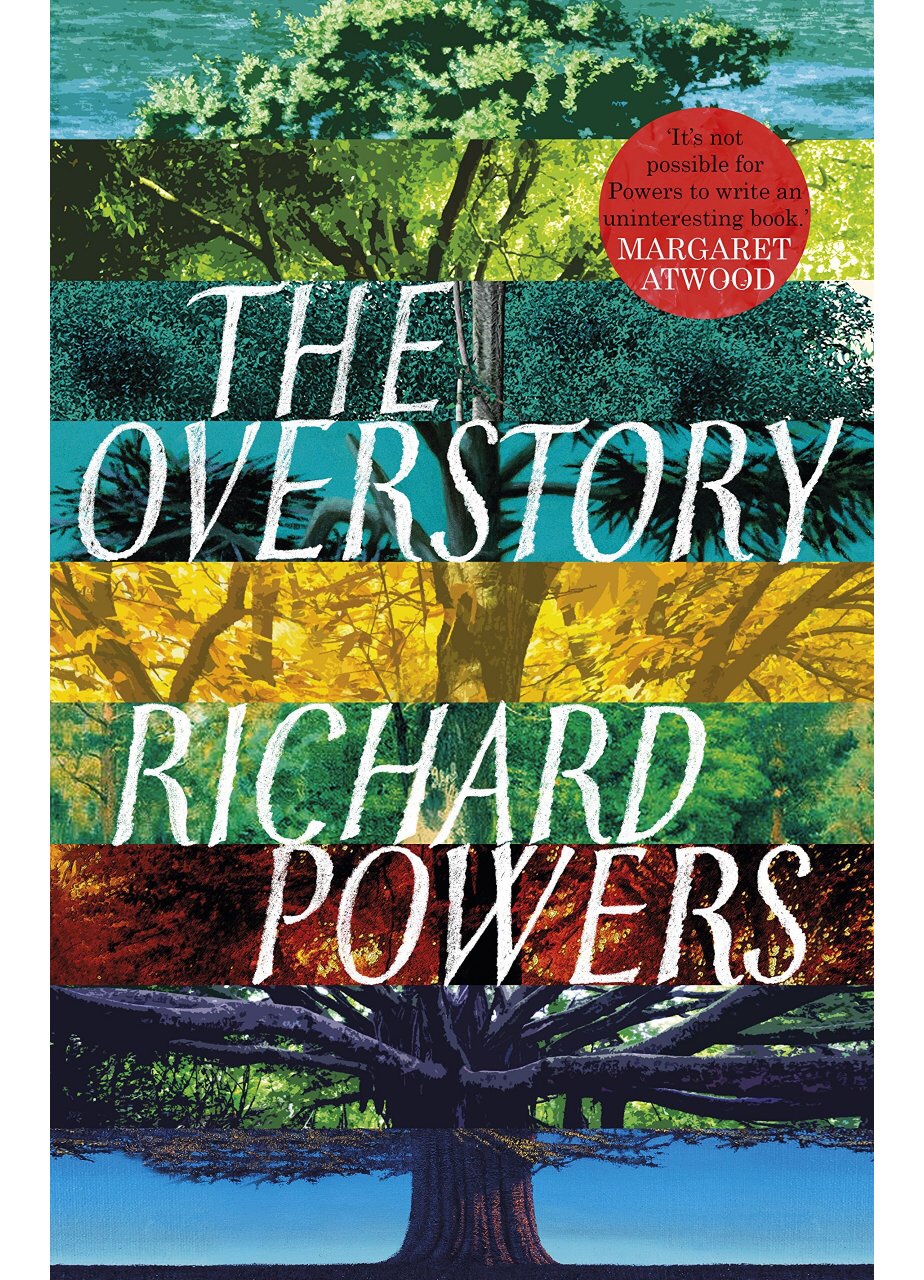Reviewed: Sons of Night: Antoine Gimenez’s Memories of the War in Spain, by Antoine Gimenez (author); The Gimenologues (editors); Dolors Marín Silvestre (Foreword). AK Press, 2019.

by Ramor Ryan
Of the recent windfall of books published around the 80th anniversary of the end of the Spanish Civil War, Antoine Gimenez’s memoir Sons of Night
stands out not just for the sheer size of the 730-page tome, but also
because it covers a less familiar area of research. The story of the
International Brigades is renowned, but what of the international
volunteers who came before the brigades were formed or who remained
autonomous from their structures?
Twenty-six-year-old Italian Antoine Gimenez was one of those caught
up in the events of Spain from the outbreak of turmoil in July 1936. He
was part of a wave of “anti-militarists, revolutionaries, Jews, exiles,
escapees, everyone who knew persecution by the state,” according to
Dolors Marín Silvestre in the book’s foreword, who “flooded into Spain
to drink in what it was like to live like fully fledged men and women.”
Because unlike the International Volunteers — predominantly filtered
through socialist and communist organizations — who came to fight
fascism, these early international participants were drawn to the
Spanish conflict for the promise of a new society as a social revolution
began to take hold on the republican side of the Civil War.
“In 1936 I was what is conventionally referred to nowadays as a
‘marginal’: someone living on the edge of society and of the penal
code,” writes Gimenez. “My sole concern was living and tearing down the
established structure. It was in Pina de Ebro [on the Aragon Front] and
seeing the collective organized there and listening to talks given by
some of the comrades, by chipping into my friends’ conversations, that
my consciousness, hibernating since my departure from Italy, was
reawakened.”
Antoines’ is an exhilarating and somewhat swashbuckling tale. He was
working as a migrant field laborer near Barcelona on the day of the
military coup d’etat, July 18, 1936. He immediately joined the tide of
Catalan workers and peasants mobilizing to oppose the fascist outbreak
and days later is witness to the liberation of the town of Lérida under the auspices of the anarchist Confederación Nacional del Trabajo, (National Confederation of Labour; CNT).
Antoine never feels the need to elaborate on why he throws himself
body and spirit into the Spanish cause. “I considered myself an
anarchist,” he writes, as if that explains everything. What’s left
unsaid, conversely, tells us more about the man.
The reader is treated to a ringside seat of what it is like to be
caught up in the maelstrom of a revolution in progress. The Falange
(fascist) militia is chased out of town, the armory is looted, priests
are summarily executed, jails are opened, and young interred women are
released from the monastery. Pandemonium is unleashed upon the streets,
and revenge is extracted for generations of subjugation and abuse. In
the wake of the initial excesses, “the unions and other revolutionary
organizations quickly accepted their responsibilities, and order was
completely restored.” Antoine strolls around, euphoric, “watching these
people, intoxicated by newfound freedom, trying to build society on new
foundations.”
So began the giddy work of redistributing the lands of the fleeing
great landlords to impoverished peasants. Popular Committees were set up
to organize collectives to take over the provision of essential
supplies not just for the population but also for the fighters on the
Aragon Front. These were the nuts and bolts of the revolution occurring
behind the front lines during the early days of the Civil War, and what
appealed so much to Gimenez and his ilk. His enthusiasm is such that,
some days later, when the local CNT spontaneously organized a militia to
go to the front-lines to repel Franco’s advancing army, he simply jumps
on the back of one of the trucks and heads off into war.

Gimenez’s memoir does a good job of capturing the spontaneous and
hope-filled mood of the times. The hastily assembled CNT workers’ convoy
joined forces with the Durruti Column and trundled off to the Aragon
Front to confront the well-trained, professional rebel army. But as
everyone knows, it didn’t end well. Despite its passion and enthusiasm,
the Column — led by the legendary anarchist Buenaventura Durruti
— was eventually destroyed by the enemy with its overpowering aerial
superiority in the form of the Nazi Condor Legion, sent by Hitler to
support his Spanish allies.
Obviously, Antoine survives to tell the tale, but the manner of his
survival is remarkable. Time and again, he escapes skirmishes and
ambushes by luck or guile. His unit — the International Group of the
Durruti Column, informally known as Sons of Night due to their guerrilla
prowess — operated somewhat independently of the main body of the
Durruti Column to good effect. But after many successful guerrilla raids
behind enemy lines, their good luck runs out on October 16th, 1936. The
unit falls into a trap and is surrounded in the village of Perdiguera
along the fluid Aragon front-line. Fifty internationals, both men and
women, representing a dozen nations, are killed by the advancing
Francoist lines, thousands-strong. Somehow Antoine manages to retreat
unscathed, apart from being grazed by bullets leaving holes in his
sleeve and trousers.
Antoine is the lone survivor of his quixotic international group. It
is a jarring moment. Almost everyone we have been introduced to up to
this point is now dead.
At times, Sons of Night reads like Ernest Hemingway’s famous Spanish novel For Whom the Bell Tolls,
except this of course is memoir, not fiction. If Gimenez’s tales seem
too incredible to be entirely true, the book features an extensive and
exhaustive historiography that backs up, as far as possible, all his
claims. Inspired by Gimenez’s memoirs (originally written in 1972, but
unpublished for two decades), an amateur group of historians (calling
themselves “The Gimenologues” in honor of the writer, who died in 1982)
decided to conduct a rigorous investigation of the events and context of
the memoir.
The Gimenologues notes and appendices take up over half the volume
and are in themselves a fascinating and illuminating read. For example,
they follow the trail of another international volunteer attached to the
Sons of Night group, a French woman known as Mimosa (Georgette
Kokoczynski). Antoine clearly has a thing for his fellow revolutionary
and describes Mimosa as an engaged and dynamic volunteer who “loved
living, loving and laughter.”
Minosa’s own account in her previously unpublished diary unearthed by
the Gimenologues, portrays a vastly different image – of a woman torn
apart by doubt and deeply unhappy with the situation in Spain. “This
civil war is a mistake on both sides. But who will dare admit it?” she
writes. “In both camps, it is kill, kill, and life is worth no more than
an insect.” She and Antoine have an affair on the front-lines that
leaves, at least Antoine, all starry-eyed and poetic. It doesn’t even
register an entry into Mimosa’s seething diary: “All the dregs make up
our column. I believe I have seen what I believe to be the scum of the
earth.” One hopes she is not including Antoine in this description.
Mimosa is slain at the battle of Perdiguera. Antoine stumbles across
her bloodied, naked body tossed in a ditch. Franco’s soldiers had
slashed her belly open, leaving her entrails “spilling from gaping
wounds exposed to the sun.” To Antoine’s horror, he realizes that she is
still somehow clinging to life. “I wanted to vomit. I thought I was
losing my mind,” he writes. “Somebody pulled me away… I watched him
shoulder his rifle, then heard gunshots. It was over. I was crying.”
Historians often refer to the Spanish War as “the last great cause,”
and Gimenez’s memoir certainly fits into this framing. More fitting
perhaps is Albert Camus’ observation that through the defeat of the
Republican side “we learned that one can be right and yet be beaten,
that force can vanquish spirit, and that there are times when courage is
not rewarded.”
Early in the book, Antoine tells the story of a young peasant woman called Juanita, whom he met in Lérida
in the heady days of revolution when the political order was being
turned upside down and the workers and peasants were taking control.
Juanita threw herself exuberantly into the thick of things,
participating in the meetings and activities of the new collectives,
unleashing all kinds of previously untapped potential and capacity. She
and Antoine found each other in the fire of the popular uprising. They
kissed one last time as he clambered aboard the militia truck heading
off to the Aragon Front. In a kinder world, maybe something could have
come of their tantalizing encounter. Instead she would perish a short
time later “under strafing by Francoist planes while out in the fields
with some other comrades gathering the remaining sheaves of wheat.”
After 730 exciting, charming, frustrating and tragic pages, Sons of Night
serves as a long paean to remind us that being brave and resilient, and
on the right side of history, is sometimes, devastatingly, not always
enough.
Book Review – The Overstory by Richard Powers (2018)

I don’t read much fiction. In these dark times, or perhaps since Trump and a world defined by crisis,
it seems necessary, urgent even, to keep fully informed, to try to understand why things are
happening from global conflict to climate change and to follow the science as much as the narrative.
Reading fiction can seem a luxury, or a cop out, akin to a position George Orwell described in his
famous 1940 essay, Inside the Whale, oblivious to the storm all around.
So when as eminent and engaged social commentator as Naomi Klein strongly recommends a work
of fiction, it is wise to take heed. “Richard Powers’s novel, The Overstory […] has been incredibly
important to me,” Klein told the Guardian in a September 2019 interview. “It’s rare, in good fiction,
to valorise activism, to treat it with real respect, failures and all, to acknowledge the heroism of the
people who put their bodies on the line.”
This remarkable book, however, is not so much about political activists or campaigning, but a story
about trees. Or specifically, about how networks of trees bind together, and what we humans can
learn from them.
It is a dense book, heavy with what one could call plant biologist or dendrologist jargon.
Nevertheless, the premise of the book is straight-forwardly summated early on by one of the
characters – an environmental enthusiast – when he says “We know so little about how trees grow.
Almost nothing about how they bloom and branch and shed and cure themselves. We’ve learned a
little about a few of them, in isolation. …But nothing is less isolated and more social than a tree.”
The opening chapters are like a series of short stories, spread over time and place, loosely bound by
the theme of human interaction with the world of trees. Some of the narratives are engaging, others
not so. The family saga behind the story of a huge chestnut tree on a farm in Ohio that survived the
chestnut tree blight (some 2 billion trees lost in a generation) is gripping. But the tale of the
squabbles of an American suburban family planting specific trees for each of the kids to match their
character fails to grip the imagination.
However, one of the family members, a teenage savant who reads like a cross between Lisa Simpson
and Greta Thunberg, captures the spirit of the novel with her lament that “real joy consists of
knowing that human wisdom counts less than the shimmer of beeches in a breeze. As certain as the
weather coming from the west, the things people know for sure will change.”
Two of the multiple narratives come to prominence – the first about a US pilot in Vietnam left
dangling in a tree after parachuting from his plane, and the second about a pot-smoking college
student in Michigan who in the wake of a near-death experience, decides to devote her life to eco-
activism. The two meet up on the north east coast of the US and find themselves embroiled in a
protracted fight to protect the old-growth Redwood forests of the Cascadian area.
Eventually all the characters of the various plot strands find themselves here in one capacity or
another, and the final third of the book really takes off from this point. Love and fate coincide in an
epic struggle to defend the ancient forests from wanton destruction.
The Overstory is immersed in the naturalist tradition of American literature, walking in the steps of
Walt Whitman and Henry David Thoreau, and its context is the great, vast, seemingly limitless nature
that makes up much of the North America continent. Richard Power’s prose is dense and at times
the reader will be grabbing for the dictionary to understand what is being described. “It’s the
grooved, Doric perfection of the red-brown columns, shooting up from the shoulder-high ferns and
moss-swarmed floor – straight up like a russet, leathery apotheosis.” This kind of prose can be hit or
miss – sometimes it reads beautifully, and other times it can be painfully overwrought.
At a hefty 502 pages, the novel seems to drag in parts, particularly around its mid-section. Occasionally -- and I would have to apologise profusely to Naomi Klein for this abomination -- I found myself skim
reading. In its attempts to fit into the tradition of the Great American Novel, The Overstory perhaps
overshoots in its employment of minutiae, not only in describing the grand natural world of the
continent but also the detritus of American family life.
The Overstory won the Pulitzer Prize for Fiction in 2019 and is undoubtedly a powerful and enduring
work of prose fiction around the most pressing issue of our times. To paraphrase Brecht’s much-
used dictum: will there be fiction in the dark times? Yes there will. There will be fiction about the
dark times.
However, because of its tendency towards overt navel-gazing American exceptionalism, I fear this
reader will stick to non-fiction for the time being.
References
We have a once-in-century chance: Naomi Klein on how we can fight the climate crisis
https://www.theguardian.com/books/2019/sep/14/crisis-talk-green-new-deal-naomi-klein
In the dark times, Will there also be singing?
https://gerryco23.wordpress.com/2016/12/31/in-the-dark-times-will-there-also-be-singing/
Craig, Thomas: Sustainability and the American Naturalist Tradition
https://cup.columbia.edu/book/sustainability-and-the-american-naturalist-